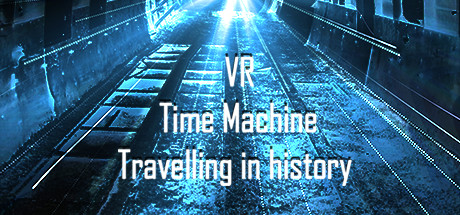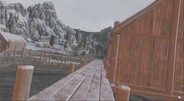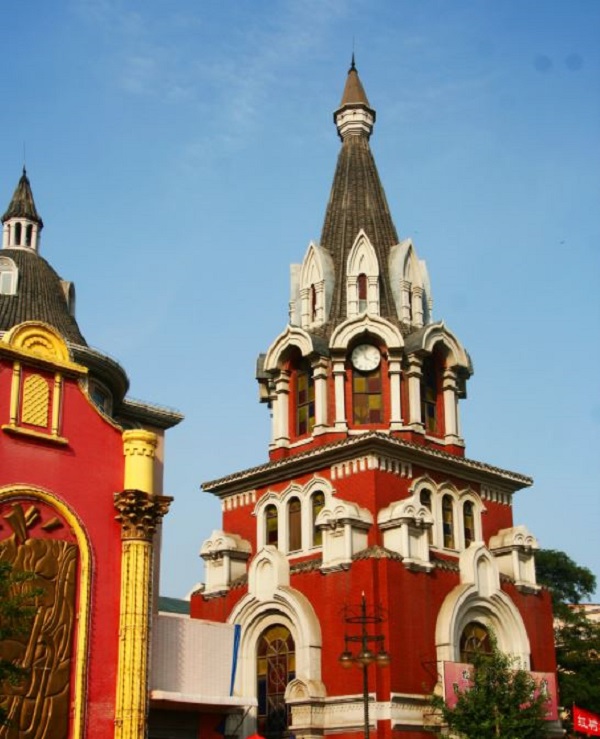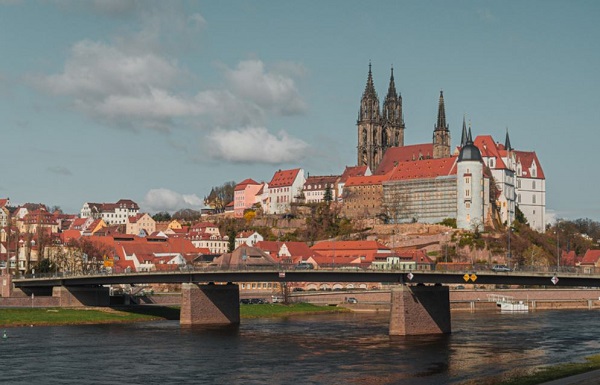Asenna Steam
kirjaudu sisään
|
kieli
简体中文 (yksinkertaistettu kiina)
繁體中文 (perinteinen kiina)
日本語 (japani)
한국어 (korea)
ไทย (thai)
български (bulgaria)
Čeština (tšekki)
Dansk (tanska)
Deutsch (saksa)
English (englanti)
Español – España (espanja – Espanja)
Español – Latinoamérica (espanja – Lat. Am.)
Ελληνικά (kreikka)
Français (ranska)
Italiano (italia)
Bahasa Indonesia (indonesia)
Magyar (unkari)
Nederlands (hollanti)
Norsk (norja)
Polski (puola)
Português (portugali – Portugali)
Português – Brasil (portugali – Brasilia)
Română (romania)
Русский (venäjä)
Svenska (ruotsi)
Türkçe (turkki)
Tiếng Việt (vietnam)
Українська (ukraina)
Ilmoita käännösongelmasta






















 European castles are known for their mysterious brilliance. Many castle owners are either kings, nobles, ministers, or princesses. Each has its own ancient legend about them. However, in the millennium, the hustle and bustle of the past has long been silent, and their masters have turned into dead bones.
European castles are known for their mysterious brilliance. Many castle owners are either kings, nobles, ministers, or princesses. Each has its own ancient legend about them. However, in the millennium, the hustle and bustle of the past has long been silent, and their masters have turned into dead bones.

 Ladataan arvosteluja
Ladataan arvosteluja 





 Steam
Steam @steam
@steam